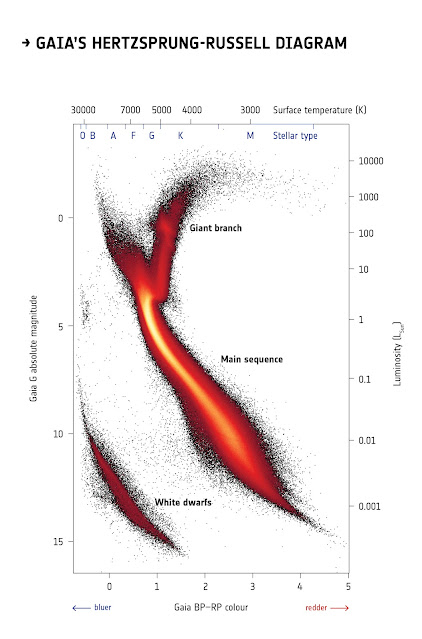ISS - Expedition 67 Mission patch.
August 12, 2022
Skin healing processes and spacewalk preparations filled the work schedule aboard the International Space Station on Friday. The Expedition 67 crew members are also readying a U.S. space freighter for its return to Earth next week.
Image above: The SpaceX Dragon resupply ship (at top) is pictured docked to the Harmony module’s forward port on the International Space Station. Image Credit: NASA.
Four astronauts aboard the orbiting lab practiced surgical techniques to heal wounds in microgravity on Friday in the Kibo laboratory module. The quartet split up in groups of two with NASA astronaut Bob Hines joining ESA (European Space Agency) Flight Engineer Samantha Cristoforetti for the first practice session during the morning. In the afternoon, NASA Flight Engineers Kjell Lindgren and Jessica Watkins began their session studying how to take biopsies and suture wounds inside the Life Science Glovebox.
During the middle of the day, the foursome had time set aside time for gathering frozen research samples inside science freezers and preparing them for departure back to Earth inside the SpaceX Dragon resupply ship. Dragon is due to leave the station on Aug. 18 loaded with over 4,000 pounds of station supplies and science experiments after 33 days docked to the Harmony module’s forward port. The commercial cargo craft will parachute to a splashdown off the coast of Florida the next day for retrieval by NASA and SpaceX personnel.
International Space Station (ISS). Animation Credit: ESA
Watkins and Cristoforetti started the day collecting blood samples for spinning in a centrifuge then stowing them in a science freezer. Lindgren evaluated the effectiveness of the Butterfly IQ Ultrasound device that uses mobile-computing technology to promote crew autonomy. Hines wrapped up his day with light orbital plumbing tasks and spacewalk tether inspections.
Two cosmonauts are gearing up for a spacewalk on Aug. 17 to continue configuring the European robotic arm (ERA) for operations on the station’s Russian segment. Commander Oleg Artemyev and Flight Engineer Denis Matveev tried on their Orlan spacesuits, tested communications gear, checked for leaks, and practiced maneuvers planned for next week’s six-and-half-hour excursion. Flight Engineer Sergey Korsakov assisted the duo during the spacewalking dry run and will be on duty monitoring his two crewmates when they exit the Poisk module’s airlock next week for the ongoing ERA work.
Related links:
Expedition 67: https://www.nasa.gov/mission_pages/station/expeditions/expedition67/index.html
Heal wounds in microgravity: https://www.nasa.gov/mission_pages/station/research/experiments/explorer/Investigation.html?#id=8227
Kibo laboratory module: https://www.nasa.gov/mission_pages/station/structure/elements/japan-kibo-laboratory
Life Science Glovebox: https://www.nasa.gov/mission_pages/station/research/experiments/explorer/Facility.html?#id=7676
Harmony module: https://www.nasa.gov/mission_pages/station/structure/elements/harmony
Butterfly IQ Ultrasound: https://www.nasa.gov/mission_pages/station/research/experiments/explorer/Investigation.html?#id=8211
Poisk module: https://www.nasa.gov/mission_pages/station/structure/elements/poisk-mini-research-module-2
Space Station Research and Technology: https://www.nasa.gov/mission_pages/station/research/overview.html
International Space Station (ISS): https://www.nasa.gov/mission_pages/station/main/index.html
Image (mentioned), Animation (mentioned), Text, Credits: NASA/Mark Garcia.
Greetings, Orbiter.ch








































